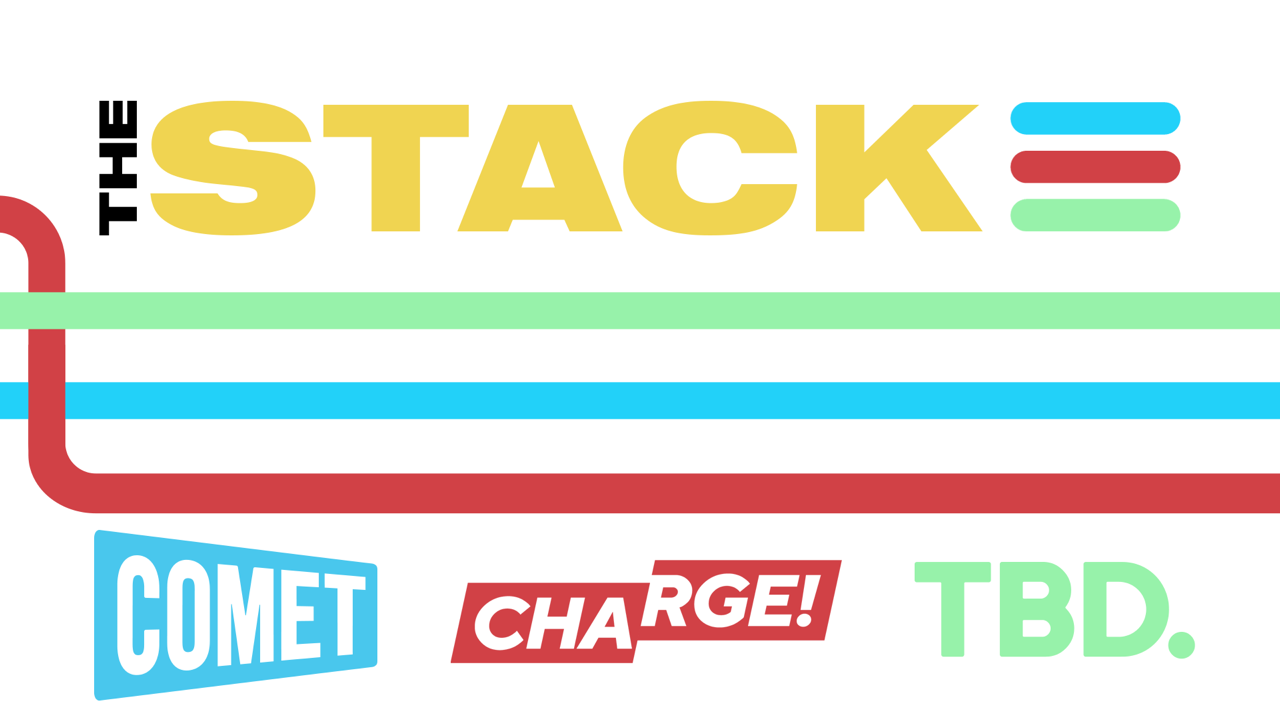
In a deal that makes its multicast networks easier to find over-the-air in major markets, Sinclair has agreed to pay Disney’s ABC Owned Television Stations to carry its Charge! network on its eight owned-and-operated stations.
Sinclair estimates that being on the ABC outlets — often the top stations in big markets such as WABC New York, KABC Los Angeles, WLS Chicago and WPVI Philadelphia — makes the action-and-adventure-themed Charge! available in 4 million new over-the-air households and 3.73 million new pay TV/cable households.
Adam Ware, senior VP, growth networks group at Sinclair, told Broadcasting+Cable that the broadcaster’s strategy has been to get its multicast networks on Big Four stations in the biggest markets where it doesn’t own stations.
“All those efforts have now come to fruition,” Ware said. “The big payoff in our ratings growth has happened before you start to see increases coming from the distribution.”

Ware declined to say how much Sinclair is shelling out to The Walt Disney Co.-owned ABC for carriage. “We pay them affiliate compensation,” he said. “We’re very satisfied with the opportunities.”
Broadcasting a strong multicast network increases the value of ABC’s spectrum, Ware said, adding that it should help Localish, ABC’s own multicast channel, grow.
Multicast networks, which are broadcast over the air on TV stations’ secondary digital channels, have been growing, but not getting the same amount of attention as free ad-supported streaming television (FAST) channels, which are a darling of advertisers and media buyers.
Sinclair has begun its upfront discussions with buyers, trying to convince them that if they’re looking to reach the audiences they used to get buying cable, they should be buying multicast. The Charge! weekday lineup is heavy on off-network police procedurals, including CSI: Miami, CSI: New York, Law & Order: Criminal Intent, Without a Trace and 1970s offering CHiPs. Weekends offer a mix of those shows along with action movies.
Ware likened multicast networks, mostly started by companies with experience in distribution rather than content production, to the early cable channels. Companies like Sinclair, E.W. Scripps and Weigel Broadcasting are building the next generation of television networks.
Multicasters Hard To Measure
What’s holding back these networks? For one thing, they don’t get enough attention. In Nielsen’s monthly report on TV usage. Nielsen breaks down the individual streaming services that get more than a 1% share of the market, But it doesn’t break out multicast networks among the broadcasters or cable networks in the cable category.
“Every headline that gets written is cable down, linear dead, streaming up,” Ware said. “If you had a headline that said ‘streaming up 10% and multicast up 9% … I’ve never read that headline, but I imagine if you had that headline, the advertising community might think about it a little bit differently as they’re trying to figure out where cable viewers went.”
Ware noted that the 20 highest-rated multicast networks were up 9% in February and that Sinclair’s Charge!, Comet and TBD were up 14% a month.

“Our revenues are going up. And our share of general market advertising is going up,” Ware said.
Ware notes that Sinclair’s networks — dubbed The Stack — are programmed to attract different audiences. There’s only about 5% audience duplication among the audience of Charge!, science-fiction focused Comet and TBD, he said. (Sinclair last year also launched The Nest, a lifestyle channel.)
In its monthly reports, the only free ad-supported streaming television networks Nielsen lists in its streaming category are Roku, Pluto TV and Tubi. Each of them offers hundreds of channels, which makes buying Sinclair’s Charge, Comet or TBD more like the linear cable viewership buyers are trying to replace.
But Madison Avenue appears to be infatuated with FASTs, even though issues of measurement and transparency exist, and ad dollars are flowing to those online outlets.
“If they’re trying to move their money from cable and they move it to FASTs, they’re not replacing the reach, they’re getting the frequency,” Ware said.
Advertiser demand for FAST isn’t keeping pace with the added supply as new FAST channels keep launching. That’s depressing the ad prices on a cost-per-thousand viewer basis, Ware noted.
And many FAST channels are simply playlists, with episodes of a series running one after another, without channel branding, promos or other features appear between commercials, creating a less-than-optimal atmosphere for advertisers.
“There are elements of the traditional TV business that advertisers absolutely want,” Ware said.
There also may be a bias against antennas among buyers who don’t see them that often in Manhattan. Getting them to try over-the-air would help. “The quality of the networks that are sitting on the dot-3 and dot-4 has clearly changed over the years,” Ware added.
In the ABC deal, Sinclair’s Charge! moves from CBS Stations-owned WLNY in Riverhead, New York, to WABC, the top station in the nation. In Chicago, Charge had no carriage. It is now on WLS. It moves from WPHY in Philadelphia; KUBE, in Baytown Texas; and KMPH in Visalia, California.
Being on a more-watched channel is important in multicast. Sinclair recently made a deal to get its Comet network on CBS-owned stations. When CBS aired the Super Bowl, Comet got a boost going from nearly no viewers on an obscure station having about 3,000 viewers in February.
Those numbers pop on Madison Avenue.
“Their eyes are open when they start to see numbers,” Ware said of media buyers. “The future of TV is here. We have to educate people that viewers are going to FAST, and they’re also going to multicast, and they use antennas to get there.” Ware said.
In the Media Mix
Chris Shewmake, VP of comms strategy and media at Denver-based media agency Cactus, said multicast is something that is considered part of a marketing plan.
“When we're going to market with TV spend on behalf of clients, we're thinking about the whole ‘living room experience’ more than we're thinking about how the ‘living room experience’ is delivered, whether that’s broadcast, multicast, etc.,” Shewmake said.
“We're evaluating the right mix of those delivery mechanisms based on the audience's consumption habits, and the economics of the platforms to get to our effectiveness goals. So for us, it's all on the table,” he said. “That said, I think some of the appeal of FAST for buyers is the growth in audience being reported by these sellers, the efficiency these platforms often offer versus direct buys with subscription-based streaming services, and the ability to reach viewers across such a wide variety of content and channels through one buy versus needing to take a multi-partner approach when working with a range of streaming providers.”
Shewmake said: “In general, we're still investing more heavily directly with the subscription-based providers because of the premium environment they offer with noteworthy original programming and premium events, such as sports. We will then supplement with more efficient, lower CPM offerings to help with overall reach and delivery.”







